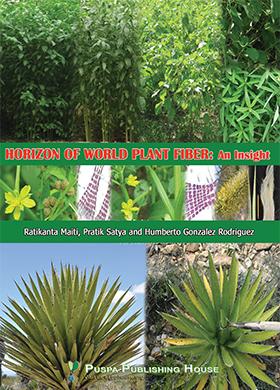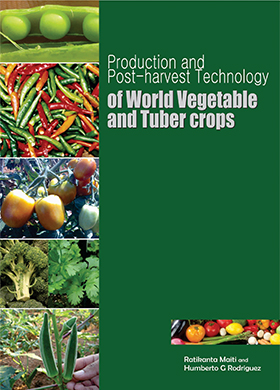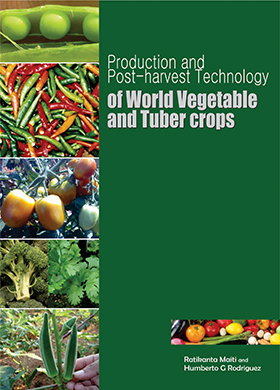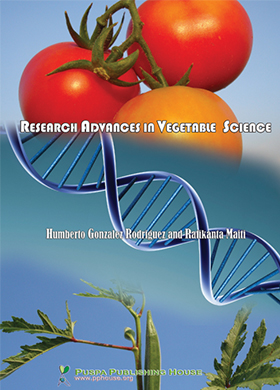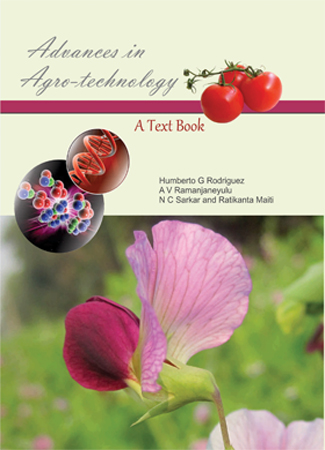
.Advances in Agrotechnology I
A V Ramanjaneyulu, N C Sarkar and Ratikanta Maiti
Overview
Advances in Agro-technology (vol I), editors have looked to offer readers an account of the state of the art in some of the areas of major interest and concern by agricultural researchers around the world. These areas include diverse aspects of applied plant biology such as salinity tolerance in crops; new developments in basic physiology of photosynthesis; success in breeding of root systems adaptation to salinity and drought stress; use of feed additives, growth promoters and probiotics in animal production; crop management trends including pesticide use, integrated farming systems, practices in organic agriculture, application of plant growth promoting rhizobacteria and biological nitrogen fixation. The advances in Agrotechnology reported in this volume are intended to provide the scientist and the student in agricultural sciences with a close insight - hopefully a motivating glimpse - into the recent realization that the frailty of natural or man-made ecosystems faced with a threat such as that posed by global climate change is no different from the frailty of any sort of human material prosperity. Interestingly, the diversified areas of the book will definitely bring a new look in the advances of agricultural research with through discussion on the aspect.
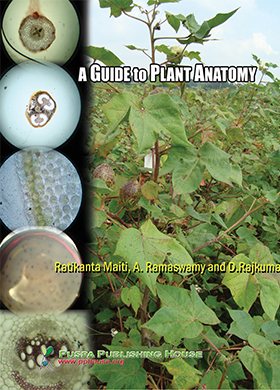
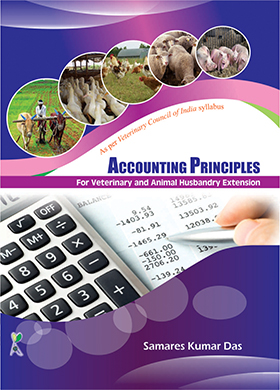
.jpg)
.jpg)


